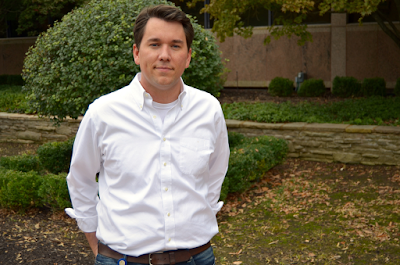I will admit that prior
to three weeks ago, I never had much experience with planting crops – I grew up
on a cattle farm – and I still don’t a lot of experience with it now. But after
submitting a project for my crop science class, I have a deeper respect for
those that grow crops for a living.
 |
Let's see, the rows have 15 inches between them and three inches between each plant. Wait, why is there so much math in farming?
photo courtesy: SumaGroulX
|
For my project, a few of
my classmates and I were assigned a field and were given a description of what
the farmer has done in the past, as well as problems that he has run into
recently. Our group had to take on the role of consultants to the farmer and
provide educated suggestions for what he should do in the coming year. While
none of us were experts on the subject, we ended up submitting a 12-page
proposal, highlighting as much information as we could.
Among the most important
information, we had to detail:- Different types of soil in the field
- Varieties of seeds for the crops that we were planting
- How much fertilizer should be used to keep the plants growing and healthy
- How we should plant the seeds in the ground, how far apart the rows of crops would be and how many seeds we planned to use
- Estimated costs for everything that we would use
At times, I think it can be easy to assume that the typical procedure for growing crops is to stick the seed in the ground and pray for rain. That might be the most simplistic view of it, at least. When looking at every angle of it, however, it really looks like a science. Farmers have to know what they are doing to ensure that everything on the farm will work out day to day, month to month and year to year. They also have to be able to adapt, which I found out as I had to provide backup solutions to our group’s original suggestions just in case they would not work out.
Have you ever seen a planting season or harvest? Have you seen the farm equipment going down the road early in the morning? Just imagine how long farmers spend out in the field, and then think about how much time is spent out of the field, double and triple-checking everything to make sure that their plants and land not only survive, but thrive.
I may not find myself plowing up the ground or applying fertilizer any time soon, but when I see a farmer out in the field I will know that he has been up for longer than me, and will probably stay up longer than me, more than likely thinking of what more he could do than just putting seeds in the dirt and praying for rain.
Until next time,
Chance













